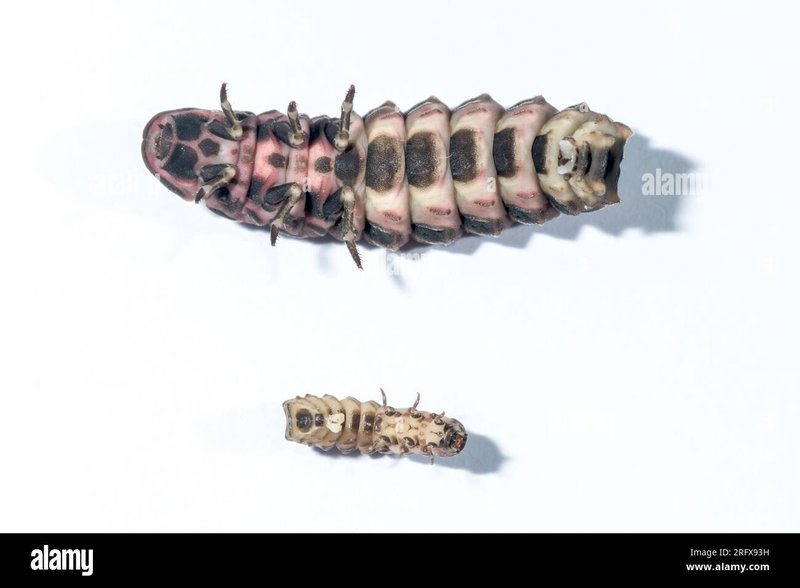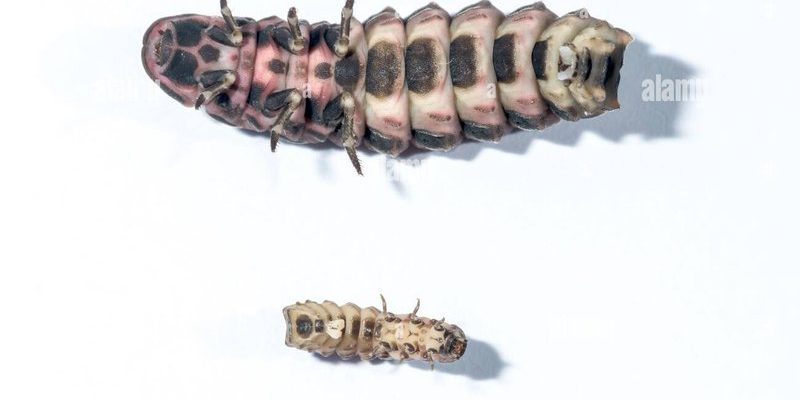
In this article, we’ll explore the life stages of glow worms. We’ll cover everything from their habitats and diets to their roles in ecosystems. Whether you’re a bug enthusiast or just curious about these glowing wonders, you’ll gain some valuable insights. So, let’s get started!
The Fascinating Life Cycle of Glow Worms
Glow worms belong to the *Lampyridae* family, which includes fireflies. Their life cycle can be broken down into four main stages: egg, larva, pupa, and adult. Each stage has its unique characteristics and functional roles within the ecosystem.
– **Egg Stage**: The journey begins when female glow worms lay tiny eggs. These eggs hatch into larvae after a few weeks.
– **Larval Stage**: The larvae are what most people think of when they hear “glow worm.” They live in damp environments, often in caves or under leaves, where they emit that magical glow.
– **Pupal Stage**: After a few months, the larvae will enter the pupal stage. This is a transformative period where they undergo metamorphosis.
– **Adult Stage**: Finally, they emerge as adults, ready to reproduce and continue the cycle.
Understanding these stages is key to appreciating how glow worms contribute to their environment.
Glow Worm Larvae: The Glow and the Role
**Glow worm larvae**, also known as “firefly larvae,” are primarily responsible for the mesmerizing glow that we associate with these creatures. This stage usually lasts for several months, sometimes up to a year, depending on environmental conditions. The glow is a result of a chemical reaction in their bodies, which they use mainly for attracting prey and deterring predators.
– **Habitat**: Larvae thrive in moist, sheltered areas. Think about damp forests or caves where they can find food without too much disturbance.
– **Diet**: They are predatory and primarily feast on small insects, snaring them using silk threads they produce. It’s like watching a mini spider spin a web!
– **Behavior**: During this stage, they’re very active. They use their glow as a lure to attract unsuspecting insects. You might think of them as little glow-in-the-dark fishing lines!
When you look at a glow worm’s larvae, you’re seeing the raw potential of nature. They are all about growth and survival.
Glow Worm Adults: The Bright Stars of the Show
Once glow worm larvae complete their metamorphosis, they transform into adults, a change that comes with a whole new set of characteristics and behaviors. Adult glow worms are typically less vibrant than their larval stage but play a significant role in the lifecycle.
– **Physical Changes**: Adult glow worms have wings and can fly, unlike their larvae. However, many species often don’t feed as adults, focusing on reproduction instead.
– **Mating Rituals**: The bioluminescent glow becomes a tool for finding mates. Adult males will flash their lights to attract females, creating a magical light display in the night.
– **Lifespan**: Most adult glow worms live only a few weeks after they emerge. Their primary goal during this time is reproduction.
These mature glow worms are the shining stars of their world, bringing beauty and wonder to their natural habitats.
Dietary Differences: Larvae vs. Adults
One of the most notable differences between glow worm larvae and adults lies in their diets. Understanding what these creatures eat helps clarify their ecological roles.
– **Larval Diet**: As mentioned earlier, larval glow worms are voracious predators. They consume small insects and trap them using silk threads, similar to how spiders catch their prey. This predatory behavior is essential for controlling insect populations in their habitats.
– **Adult Diet**: In contrast, adult glow worms often do not eat at all. Their energy comes from the nutrients stored during the larval stage. This lack of feeding is a fascinating aspect of their life cycle since their primary focus shifts to reproduction.
This difference in diet highlights how each stage plays a crucial role in their survival and the health of their ecosystems.
Habitat Preferences: Where Glow Worms Live
Glow worms can be found in various environments, but their preferred habitats can differ significantly between larvae and adults.
– **Larvae**: As larvae, glow worms favor moist, sheltered environments like caves, forest floors, and areas with rich organic matter. These places provide the humidity and protection they need for growth and predation.
– **Adults**: Adult glow worms often prefer open spaces where they can easily find mates. You might spot them near bushes, tall grasses, or even around human habitats where light pollution doesn’t overwhelm their glow.
This adaptability helps them thrive in different conditions, showcasing nature’s flexibility in survival.
Ecological Importance of Glow Worms
Glow worms, in all their life stages, play vital roles in their ecosystems.
– **Pest Control**: As larvae, they help manage insect populations by preying on smaller bugs, keeping ecosystems balanced.
– **Pollination and Biodiversity**: Although adults don’t feed much, their presence contributes to biodiversity. They can be indicators of a healthy environment because their populations reflect ecosystem health.
– **Tourism and Education**: The beauty of glow worms draws tourists and researchers alike, promoting interest in conservation and education about local ecosystems.
By understanding the ecological significance of both the larvae and adults, we can appreciate why protecting their habitats is essential.
The journey from glow worm larvae to adults is a remarkable transformation filled with wonder and necessity. While the larvae may seem like the stars of the show with their mesmerizing glow, adults have their vital roles too, contributing to reproduction and the continuation of this fascinating life cycle.
Next time you find yourself in a damp forest or cave, take a moment to appreciate the life stages of these incredible creatures. They remind us of nature’s endless cycle of growth, beauty, and continuity. It’s all part of the magic that makes the world a more beautiful place.

